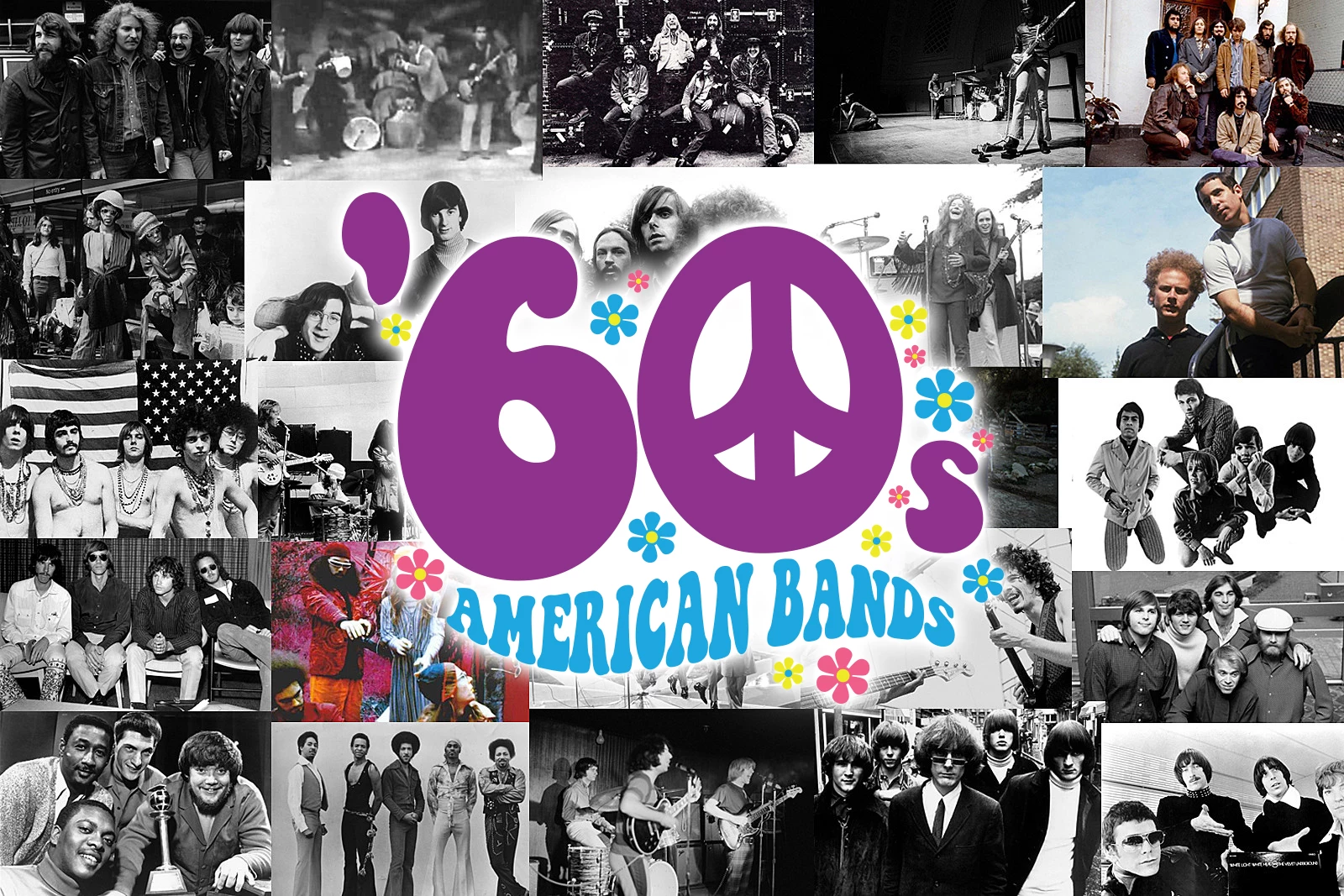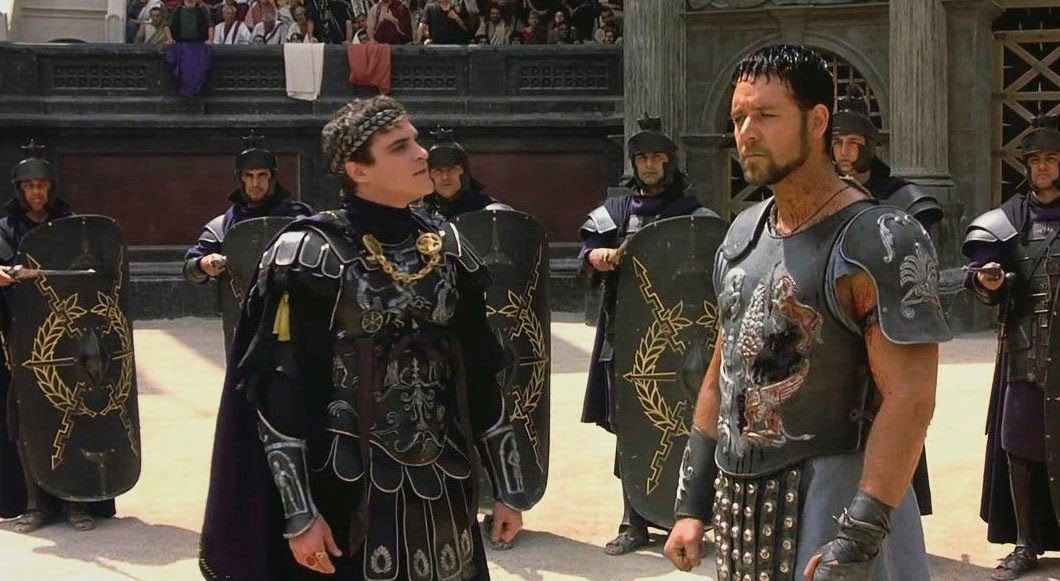
The 1960s. Just whispering the name of that decade immediately conjures up a whirlwind of iconic images, doesn’t it? We’re talking about a time when rebellion blossomed into art, when youth culture took center stage, and when music became the undeniable soundtrack to a revolution. It was an era of seismic shifts, a cultural explosion that gave us peace signs, psychedelic patterns, and, most gloriously, some of the most innovative and genre-defining sounds in history. Truly, the ’60s weren’t just a decade; they were a vibrant, pulsing heartbeat that continues to influence our world today, especially when it comes to rock and roll.
But here’s the fascinating, often overlooked truth about such a dazzling era: while giant meteorites of music like The Beatles, The Rolling Stones, and The Who rightfully dominated the airwaves, a treasure trove of equally incredible, sometimes even *more* groundbreaking bands managed to slip through the cracks of mainstream memory. These weren’t just “good” bands; they were groundbreaking, influential, and downright awesome, crafting bangers that still sneak onto classic-rock playlists and leave you wondering, “Who *was* that brilliant?”
Get ready, because we’re about to embark on an epic sonic adventure! We’re going to unearth some of the ’60s most vital, yet often unsung, heroes – bands that pushed boundaries, dared to be different, and left an indelible mark on music despite not always getting the sustained superstar treatment. Prepare to have your mind blown, your playlists updated, and your appreciation for this incredible decade deepened. We’re talking innovation, artistry, and pure, unadulterated musical magic that’s just begging for a glorious rediscovery. Let’s dive in and celebrate these forgotten legends!

1. **Love: The Dark Heart of L.A. Psychedelia**When you picture Los Angeles in the 1960s, you probably imagine endless sunshine, flower garlands, and an upbeat vibe, right? Well, Love, Arthur Lee’s visionary psychedelic outfit, painted a different, more intricate picture. While other West Coast bands rode high on overt optimism, Love delved into the shadowy corners of the human psyche, delivering brooding psychological portraits wrapped in gorgeous, sophisticated orchestrations. They crafted some of the darkest, most literate rock of the era, a profound counter-narrative to the prevailing sunshine-and-flowers aesthetic.
Their 1967 masterpiece, “Forever Changes,” is not just an album; it’s an experience. This isn’t a record you simply listen to; it’s one you *feel* in your bones, a hauntingly beautiful tapestry of sound that fuses folk, garage rock, and psychedelia into something utterly unique. It’s often hailed as one of the greatest albums of the decade, a true testament to its innovative spirit and emotional depth. Can you believe this orchestral, paranoid fever dream, which so vividly captured both the beauty and palpable unease of the Summer of Love, initially bombed commercially? It’s almost criminal!
But true genius eventually rises to the surface. “Forever Changes” has since been rightfully recognized as one of the greatest albums ever made, solidifying its place in history with an induction into the Grammy Hall of Fame and the National Recording Registry. It’s a landmark work that broke new ground, showcasing how rock music could be cinematic, layered, and ambitious without ever losing its soul-stirring intensity.
Love, led by the brilliant but mercurial Arthur Lee, were every bit as visionary as their L.A. contemporaries, The Doors. Their intricate vocal harmonies and experimental arrangements set them apart. Sadly, relentless band infighting and Lee’s later legal troubles, compounded by his unpredictable nature, tragically kept them from achieving the widespread mainstream fame they so richly deserved. Yet, their influence echoes through decades of alternative rock, inspiring countless artists who appreciate the darker, stranger, and profoundly brilliant edge that Love brought to the ’60s counterculture. They were cult heroes who proved that true artistry always finds its way.

2. **The Yardbirds: The Cradle of Guitar Gods**Alright, aspiring guitarists and rock historians, gather ’round, because if there’s one band that pretty much invented the concept of the “guitar hero,” it was The Yardbirds. This wasn’t just a British Invasion band; it was a veritable forge where legends were hammered into existence. Think about it: Eric Clapton, Jeff Beck, and Jimmy Page – three of the most influential guitarists of all time, all cutting their teeth and pushing boundaries within the ranks of this one explosive group. It’s mind-boggling when you consider the sheer density of talent that passed through their doors in just a few short years!
The Yardbirds didn’t just play rock; they *redefined* it. They blazed a trail through the mid-1960s with a furious, electrifying cocktail of R&B, blues, and nascent psychedelia. These sonic innovators constantly experimented with distortion, pioneering the use of feedback, fuzz, and developing groundbreaking solo techniques that influenced not just their peers, but quite literally laid the groundwork for rock guitar for generations. They pushed the instrument to new heights and seemingly its limits, creating sounds years ahead of their time.
You can trace the blueprints of hard rock and heavy metal directly back to The Yardbirds’ audacious experimentation. Their raw energy and willingness to improvise on stage were legendary, creating a sound that was both intellectually stimulating and viscerally thrilling. Yet, despite their profound impact and the star power they cultivated, the band itself often remains strangely underappreciated, overshadowed by the mythic status of their colossal alumni.
Unfortunately, a relentless cycle of constant lineup changes and deep musical disagreements eventually became too much, tearing the band apart. When Jimmy Page finally left to embark on his next venture, a little project called Led Zeppelin, The Yardbirds’ brief but revolutionary chapter effectively closed. While the band itself may not have achieved the sustained, mythic status of their individual members, their legacy is undeniable. They were a powerhouse of innovation, a fertile field where talent flowered, and their sound paved the way for countless others, cementing their place as arguably the best résumé-builder in rock history.

3. **The Zombies: Baroque Pop’s Unsung Architects**When the British Invasion crashed onto American shores, it brought a wave of incredible talent, but few bands brought the sheer sophistication and intricate beauty that The Zombies did. These British masters weren’t just churning out catchy tunes; they were crafting some of the most meticulously arranged and exquisitely beautiful music of the entire 1960s. With Rod Argent’s impeccable songwriting and keyboard wizardry, perfectly complemented by Colin Blunstone’s distinctive, ethereal vocals, they gifted us timeless gems like “She’s Not There” and “Tell Her No,” songs synonymous with intelligent, soulful pop.
However, the true pinnacle of their artistry, and indeed, the most tragic twist of their tale, arrived with their swan song: the album “Odessey and Oracle.” Can you believe this psychedelic pop masterwork was released in 1968 *after* the band had already decided to call it quits? It’s a testament to the chaotic, often unfair nature of the music business. The album suffered from poor promotion and initially flopped, a cruel irony for such a visionary piece of work.
But, as with all truly great art, time proved to be its ultimate champion. Decades later, “Odessey and Oracle” was finally resurrected and celebrated by critics and dedicated crate-diggers alike, rightfully hailed as one of the defining albums of the decade. It’s a sonic wonderland packed with lush harmonies, intricate baroque arrangements, and features “Time of the Season,” a single so groovy and enduring it’s practically woven into the fabric of classic rock. This was a band out of sync with its commercial timing, a scenario where immense creativity was rushed, and timeless art suffered a delayed recognition.
The Zombies’ sound was lightyears ahead of its time, seamlessly blending classical elements with pop sensibilities in a way that profoundly influenced countless indie and alternative acts for decades to come. Their unique approach to rock music, with its focus on complex arrangements and nuanced vocal work, set a high bar for musical ambition. While they may never have achieved the broad cultural dominance of some of their more bombastic peers, The Zombies finally received their long-overdue recognition with their induction into the Rock & Roll Hall of Fame in 2019. Their body of work absolutely rewards rediscovery, offering a fresh, captivating, and deeply artistic listening experience for anyone craving true ’60s innovation.

4. **Procol Harum: The Bach-Inspired Psychedelic Trailblazers**Let’s play a game: even if you don’t instantly recognize the name Procol Harum, we’re willing to bet a lifetime supply of vintage vinyl that you’ve absolutely, positively heard *that* song. Yes, we’re talking about “A Whiter Shade of Pale.” This isn’t just some hit from 1967; it’s a global phenomenon, a colossal worldwide sensation that sold over 10 million copies! Its distinctive organ-driven, classically infused sound, famously inspired by a Bach melody, didn’t just become iconic; it quite literally defined the entire psychedelic era. That ethereal, haunting opening alone is enough to send shivers down your spine, forever etched into the annals of music history.
However, here’s the double-edged sword: such a monumental, era-defining hit can also cast a long, sometimes obscuring shadow. After “A Whiter Shade of Pale,” Procol Harum found themselves grappling with the incredibly daunting, almost impossible task of replicating that one-off, lightning-in-a-bottle mainstream success. While they consistently remained a formidable album and concert act, cultivating a devoted following, the sheer ubiquity of their defining anthem often overshadowed their subsequent efforts on the charts. It’s a classic case of a band being known for *one* song, rather than their expansive body of work.
But make no mistake: reducing Procol Harum to simply “A Whiter Shade of Pale” would be a colossal disservice to their artistry. They were so much more than a one-trick pony! This group was actively expanding the very idea of what rock music could be, venturing into ambitious, classically influenced territory long before “progressive rock” became a recognized genre. Albums like 1968’s “Shine On Brightly” and the captivating “A Salty Dog” from the following year clearly showcased a band that was sketching the very blueprints of what would become progressive rock.
They masterfully blended symphonic grandeur with a robust, bluesy heft, quietly asserting that rock music could possess the same depth, complexity, and artistic aspiration as any classical composition. Despite enduring lineup changes and the immense pressure of following up such a titanic hit, Procol Harum’s proto-progressive innovations are hugely significant. They moved considerable units and cemented their legacy as true pioneers, demonstrating that musical depth and artistic vision can thrive far beyond the fleeting spotlight of a single, unforgettable anthem.

5. **The Left Banke: Orchestral Pop’s Elegant Innovators**Close your eyes and imagine a sound that effortlessly blends the raw energy of rock with the sophisticated elegance of classical music, adorned with intricate vocal harmonies. Now open them, because you’ve just envisioned The Left Banke. Long before anyone had even coined the term “chamber pop,” this New York band was busy inventing an entire genre: baroque pop. Seriously, these guys were crafting exquisite, classical-infused rock music with a dazzling flair for orchestration and melody, setting a benchmark for sophistication that was truly ahead of its time. They were absolute trailblazers, creating a unique sonic space where violins and harpsichords danced alongside electric guitars.
Their legacy is perhaps best encapsulated by their lush string arrangements and chiming melodies, which gave us the unforgettable hits “Walk Away Renée” and “Pretty Ballerina.” “Walk Away Renée,” in particular, stands as an undisputed crown jewel of the era. Picture this: delicate strings and a soulful harpsichord wrapping around a heartbreaking ballad, delivered with an aching sincerity that is instantly captivating. It’s not just a song; it’s a masterclass in ornate pop perfection, a melodic tapestry so rich and emotive it feels like a mini-symphony compressed into a perfect pop single.
The template they created was so potent and forward-thinking that it would go on to influence an astonishing array of artists. From the sun-drenched harmonies of The Beach Boys to the intricate indie soundscapes of modern bands like Belle and Sebastian, Fleet Foxes, and Grizzly Bear, The Left Banke’s fingerprints are all over the elegant, classical-infused pop that followed. Their innovative producer-arranger approach proved that pop music could be incredibly intricate, deeply layered, and profoundly emotional, all while maintaining an irresistible, shimmering catchiness. They truly cemented their role as early visionaries of orchestral pop.
It’s a bittersweet tale, though, as is often the case with groundbreaking acts. The Left Banke’s journey was unfortunately cut short by a familiar litany of band woes: persistent internal disputes, soul-crushing management nightmares, and frustratingly patchy promotion. The music business, perhaps, simply wasn’t quite ready to fully embrace their level of ornate pop perfection, leading to their fragmentation almost as quickly as they’d formed. Yet, even if they aren’t a household name, their indelible mark on the sound of sophisticated pop ensures their legacy endures, making them absolutely essential listening for anyone eager to uncover the true depth of ’60s musical innovation.

6. **The Animals: Roaring with Raw, Bluesy Soul**While the British Invasion brought catchy, poppy sounds, The Animals reminded everyone rock ‘n’ roll had a raw, untamed heart. Bursting from Newcastle, they injected pure, working-class grit and blues into the airwaves. Their sound was about guttural power, setting them apart from polished contemporaries.
At The Animals’ core was Eric Burdon’s voice – a gravelly, soulful instrument conveying frustration, passion, and world-weariness. This wasn’t just singing; it was storytelling. Their blues-drenched approach gave us the immortal, haunting “House of the Rising Sun.” It transcended mere pop, becoming an anthem for a generation yearning for something real, something with teeth.
Beyond “House of the Rising Sun,” The Animals churned out hits with gritty authenticity: “It’s My Life,” “We Gotta Get Out of This Place,” and “Don’t Let Me Be Misunderstood.” These songs were soundtracks to working-class frustration, striking a chord across the Atlantic. Their intensity and edge set the stage for harder rock, influencing The Doors to Alice Cooper.
Unfortunately, their journey saw bumps. Lineup splits and Burdon’s desire for psychedelic exploration meant The Animals were often in flux, leading to multiple versions rather than a cohesive career. While not name-checked as often as their biggest peers, their influence still snarls through decades, a powerful reminder of rock’s blues roots and raw emotion. They proved that sometimes, you just need grit to make an impact.




